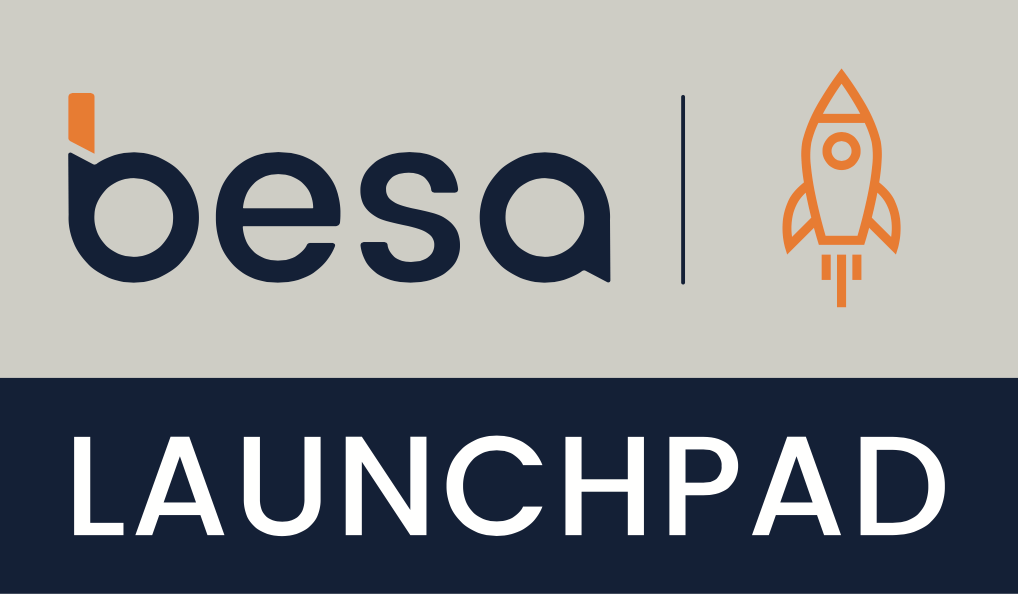Hello, I’m Hannah. Co-founder of Reading Mate, ex-SEND English teacher turned online Health & Wellness Coach to busy professionals.
Growing up with a passion for reading made the decision to become an English Teacher quite easy. However, throughout my 10 years in the classroom, I was saddened to discover how few of my colleagues were able to make their health a priority alongside their teaching responsibilities.
As someone who always had an interest in wellness, I did struggle with balance but always made my health a priority. In this weekly blog, I will share my opinions, advice and experience of navigating the chaos of education whilst simultaneously trying to maintain positive health habits.
As a newly qualified teacher (NQT), the concept of boundaries seemed straightforward at first – keeping sensitive data secure, safeguarding, and maintaining confidentiality. Little did I know that it also encompassed the art of saying ‘no’, a skill crucial for preserving the well-being of teachers, especially school leaders.
The Illusion of ‘Just Part of the Job’
In the throes of lesson planning, safeguarding responsibilities, and the relentless task of marking, it’s easy for teachers, and particularly school leaders, to fall into the trap of believing that sacrificing personal time is simply ‘part of the job.’ Covering lessons during precious PPA time becomes routine, and weekends are often devoured by stacks of books waiting to be marked. On top of this, the guilt of leaving work on time seems like such an indulgence that you only do it if there’s an ‘important’ reason.
Over time, these sacrifices can lead to a culture of overwork that takes a toll on teachers’ physical and mental well-being. Unfortunately, this trend is just not sustainable, and the consequences are evident in the increasing number of teachers and school leaders facing burnout and health issues or leaving the profession entirely.
Speaking from experience as a previous Literacy Lead in a SEND School i can say that saying ‘no’ never came easy to me. And it was only in times where I physically had no capacity (e.g. was managing a classroom on my own, doing personal care or supporting a child during a time of crisis) that I did say no.
It’s not until I left the classroom permanently that I actually developed the art of saying ‘no’ consistently. And it’s since then that I’ve come to realise it’s a skill, an art form. And something that does not come naturally to educators.
Recognising the Need for Change
The first step towards a healthier work-life balance is acknowledging that there is a need for change. It’s recognising that saying ‘no’ is not a sign of weakness or neglecting your responsibilities but a crucial aspect of self-preservation. School leaders need to shift their perspective from viewing these boundaries as selfishness to realising that they are the pillars supporting a sustainable and fulfilling career in education.
The Impact on Health and Wellness
Continuing to ignore the importance of boundaries can harm the health and wellness of school leaders. Chronic stress, exhaustion, and burnout are not only damaging to personal health but also compromise the ability to effectively lead and inspire those within the school community. The domino effect of unhealthy leadership practices filters down, affecting the overall morale and performance of both educators and students.
Implementing Solutions
The solution lies in developing a culture that values well-being as much as academic achievement. School leaders must model healthy boundaries by confidently saying ‘no’ when necessary. This means safeguarding their dedicated planning time, resisting the urge to take work home every evening, and embracing the notion that leaving on time is not a luxury but a necessity.
Moreover, it involves advocating for systemic changes within the educational landscape. This could include policies that promote reasonable work hours, provide ample support staff, and prioritise mental health resources.
So, the next time you find yourself bundling up stacks of books to throw into the back of your car (that can definitely wait until next week), stop yourself and set an example for your colleagues. Go home on time, see your partner, friends, kids, pets, or just spend some quality time with Yours Truly. Giving back that time to yourself will pay dividends in the classroom and beyond, I assure you.






